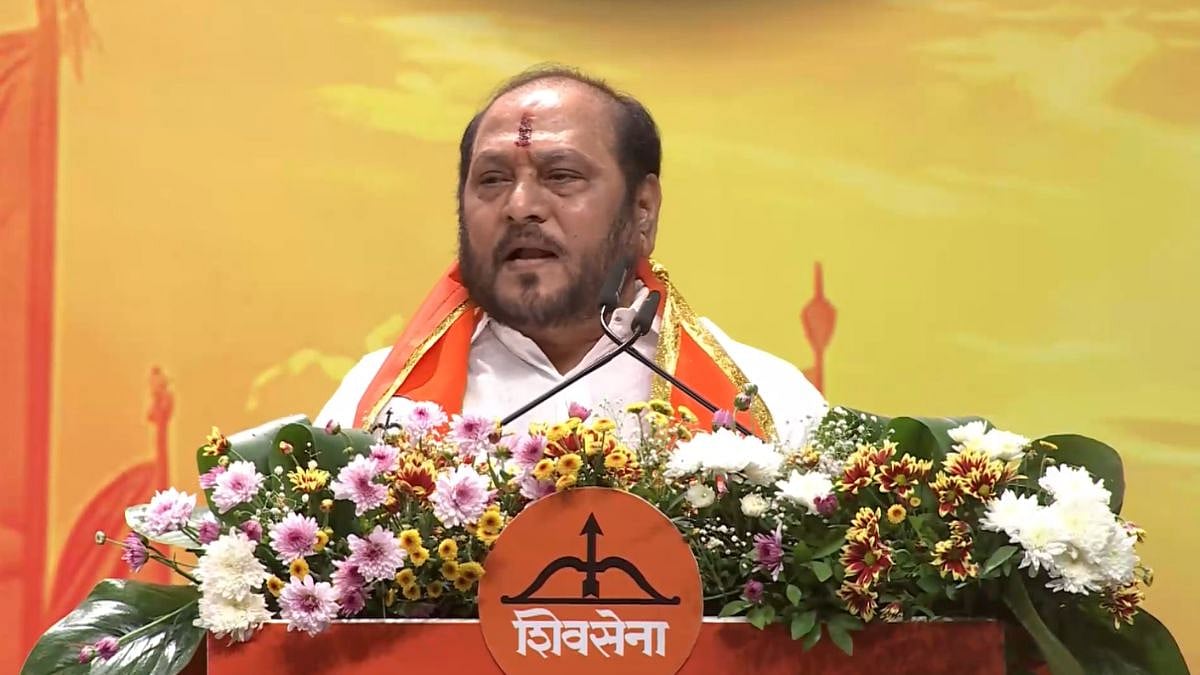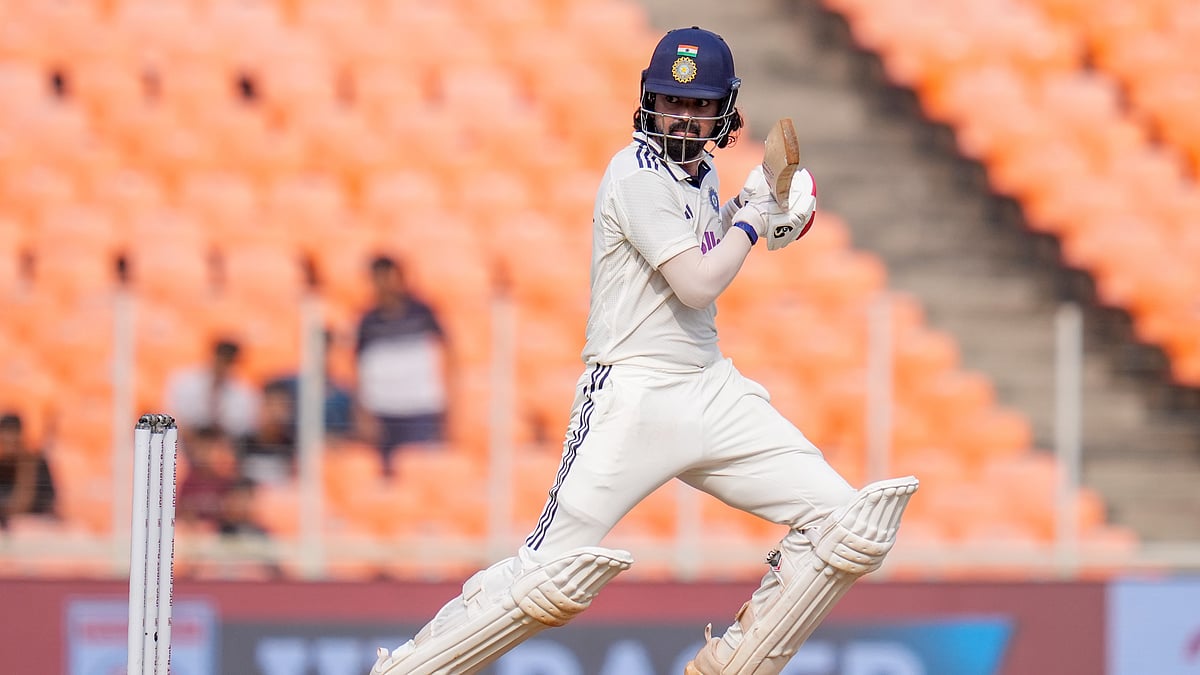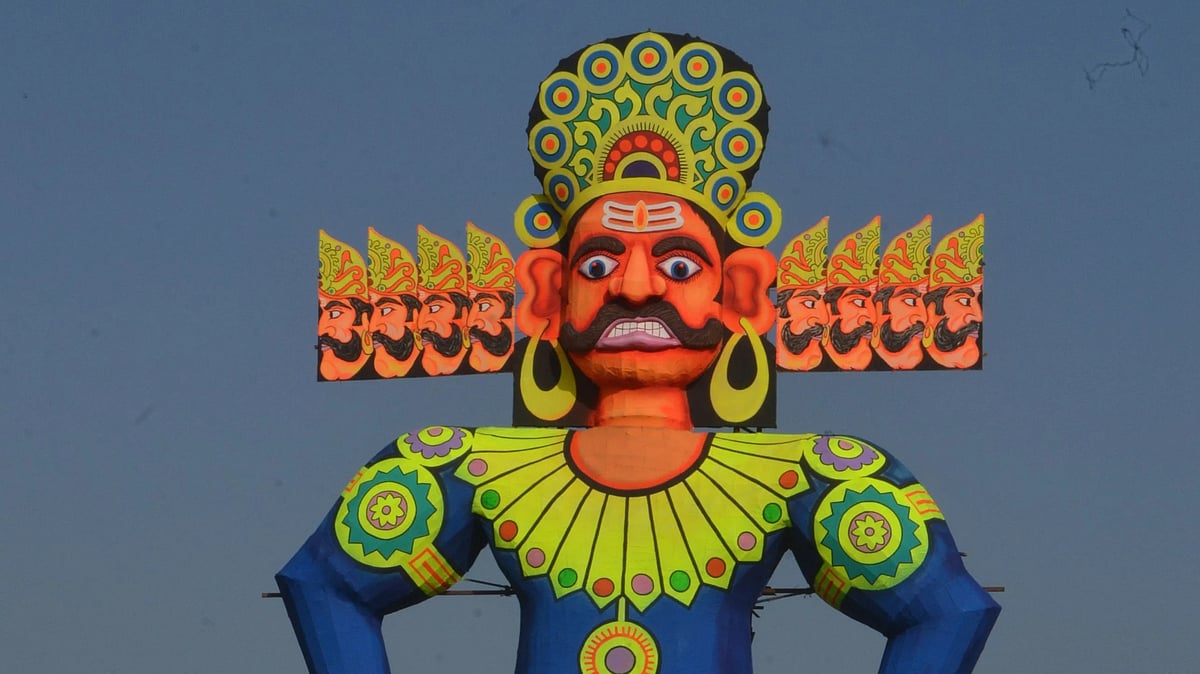As Parliament’s monsoon session draws to a close this week, one wonders who benefitted from the non-functioning of the two Houses in a proper manner. Apart from the fact that a lot of public money was lost because of the stalemate, what is the political message that the opposition and the government think that they have managed to send out to the public at large?
In December 2014, when the Rajya Sabha alone was caught in a similar situation, the then late finance minister Arun Jaitley had remarked that “one House (Lok Sabha) is functioning but the other isn’t. So this is arrogance of numbers (in the Rajya Sabha)”. To which, CPI(M) general secretary Sitaram Yechury, who was a member of the Upper House, responded, “the other House is functioning due to the tyranny of the majority.”
Force of numbers
Those days, which were the beginning of Prime Minister Narendra Modi's first term in office, his government was handicapped by the fact it did not have enough numbers in the Upper House to push through major legislations. Today, the government numbers in the Lok Sabha are overwhelming. In the Rajya Sabha, the government can manage numbers with the help of smaller parties. Yet, it realises that the opposition is more disruptive than before. The government believes that the opposition has never accepted the mandate of 2014 and 2019 and will go to any extent to disrupt its legislative agenda.
On the other hand, the opposition believes that the government’s position is hardened towards them because of the 2019 mandate and arrogance of the BJP. Nobody is willing to follow the old adage for successful functioning of Parliament, which goes thus: the opposition must have its say and the government must have its way (to pass important bills).
However, when a legislation has strong social ramifications, even the opposition decides that it will cooperate with the Modi government - like in the instance of a constitutional amendment that aims to restore the power of states to identify backward castes. The 127th Constitution Amendment Bill, 2021, aims to bypass a May 2021 Supreme Court ruling that said only the Centre could notify Marathas or any other group as socially and educationally backward classes (SEBCs) — and not the states.
Parliament pandemonium
Apart from the realpolitik that guides the approach of the government and the opposition, the monsoon session of Parliament, which began on July 19, has been rocked by frequent protests and disruptions. Both Houses have seen opposition MPs troop to the Well, hold placards and shout slogans against the government over their demand to discuss the Pegasus row, the three farm laws and rising fuel prices.
Last week, a Rajya Sabha MP -- Trinamool Congress’s Santanu Sen -- was suspended for the session for tearing up a minister's statement, with other opposition leaders accusing the chair of not allowing them to express their views. A few Trinamool Congress members were suspended for the day.
Modi is no doubt cut up with the opposition for not even letting him introduce his new council of ministers following the July 8 reshuffle. He inducted 36 new ministers into his government in the biggest cabinet reshuffle since he came to power in 2014 with big focus on new entrants belonging to the Other Backward Classes (OBCs), Scheduled Castes (SC) and Scheduled Tribes (STs).
Making an issue of the PM being prevented from introducing the new ministers to Parliament, the BJP has already planned a three-day ‘Jan Aashirwad Yatra’ for ministers promoted or inducted into the council recently. They will cover at least three to four Lok Sabha constituencies in three days. The aim is to help the ministers ‘improve their appeal’ among people and get people to know them better.
Issues uniting opposition
On the other hand, the Pegasus snooping controversy, farm bills and price rise have forged a very rare unity among most opposition parties. They are harping on one message - that Modi is ‘undemocratic’ and the parliamentary process is in a shambles.
With the assembly elections in Uttar Pradesh, Uttarakhand, Punjab, and Goa, set to take place in 2022, the opposition think it is doing the right thing by showing its utter disgust with the government in the hope that the voters will reflect its mood. But the big question is that, beyond the current stalemate in Parliament, do the opposition parties have a game plan for unity of action and fighting elections ahead?
Sonia Gandhi had suggested a few years ago that the opposition must put up one candidate against the BJP nominee in all Lok Sabha seats all over the country.
Is this workable today at the state level? Can there be one opposition candidate in every assembly seat against the BJP? Can opposition leaders drop their individual ambitions, egos and domination of their respective turf to let a true alternative emerge to Modi and the BJP? As Parliament ends this tumultuous monsoon session, these questions will need answers.
Fight in unison
If they mean business, the opposition leaders can make a start to fight together all the assembly elections of 2022 and 2023 before they can think of the Lok Sabha polls in 2024. Of course, they may ask themselves whether the voters will be impressed just because they came together? Hasn’t this coming together just to defeat the BJP been tried out earlier? Did they succeed in Uttar Pradesh in the 2017 assembly poll? At least, they can prevent division of opposition votes.
The past experience has, however, been a haunting one. The Samajwadi Party and the Congress came together to fight the BJP and both the parties got drubbed. The BJP won the election by an overwhelming three-quarter majority of 325 seats, despite not projecting a chief ministerial candidate before the election. Such was the heartburn caused by the BJP’s huge success, the SP and the Congress began to think their alliance was a huge mistake.
Similarly, for the Lok Sabha elections of 2019, SP leader Akhilesh Yadav formed an alliance with BSP chief Mayawati. After the results, Mayawati felt let down by the Samajwadi Party because its votes did not get transferred to her party at all. The BJP and its ally Apna Dal(S) won 64 of the 80 Lok Sabha seats from the state, proving all arithmetic of the SP-BSP ‘mahagatbandhan’ in Uttar Pradesh wrong. That's why Akhilesh Yadav has not shown any inclination for a similar tie-up or to involve the Congress in any alliance.
Congress position
In this scenario, where does the Congress stand? Priyanka Gandhi, who is the face of the Congress in UP, has realised that it may not be prudent to go it alone but the search for partners remains elusive. That brings us to the other key question of whether a show of aggressiveness in Parliament can help the opposition parties at hustings. Must they not go beyond the anti-BJP plank that they exhibit together and present an alternative model of governance, without depending on populism and welfarism?
Among the opposition leaders, West Bengal Chief Minister Mamata Banerjee is exuding maximum confidence in forging a united opposition under her initiative and leadership. This follows her party's stunning victory in the assembly polls this year.
Her party leaders are openly talking about her candidature as the next PM.
Such posturing by her and her Trinamool Congress supporters may not go down well with other opposition leaders. We have already seen how Congress leader Rahul Gandhi has suddenly begun to take the initiative to hold meetings with other opposition leaders for a joint strategy against Modi in Parliament. It has happened only after Mamata set the ball rolling. On August 3, for the first time, Rahul chaired a breakfast meeting in Delhi in what was seen as his readiness to be the face of the opposition against Modi.
Interestingly, on July 28, Mamata had called on Sonia Gandhi after six years. During the last meeting in 2015, Mamata was countered by Sonia when she had suggested that the Congress must not insist on the role of leadership of a combined opposition to Modi for the 2019 polls. At that time, Sonia had apparently pointed out to Mamata that how could the Congress abdicate its role as the main opposition to the BJP. Mamata did not pursue the matter further with the Gandhi family.
Since the 2019 polls, the Congress may have shrunk in political size. But it is certainly in no mood to concede its role as a major opposition force. Other opposition parties cannot ignore this aspect.
The writer is former Senior Associate Editor, Hindustan Times, and Political Editor, Deccan Herald, New Delhi










